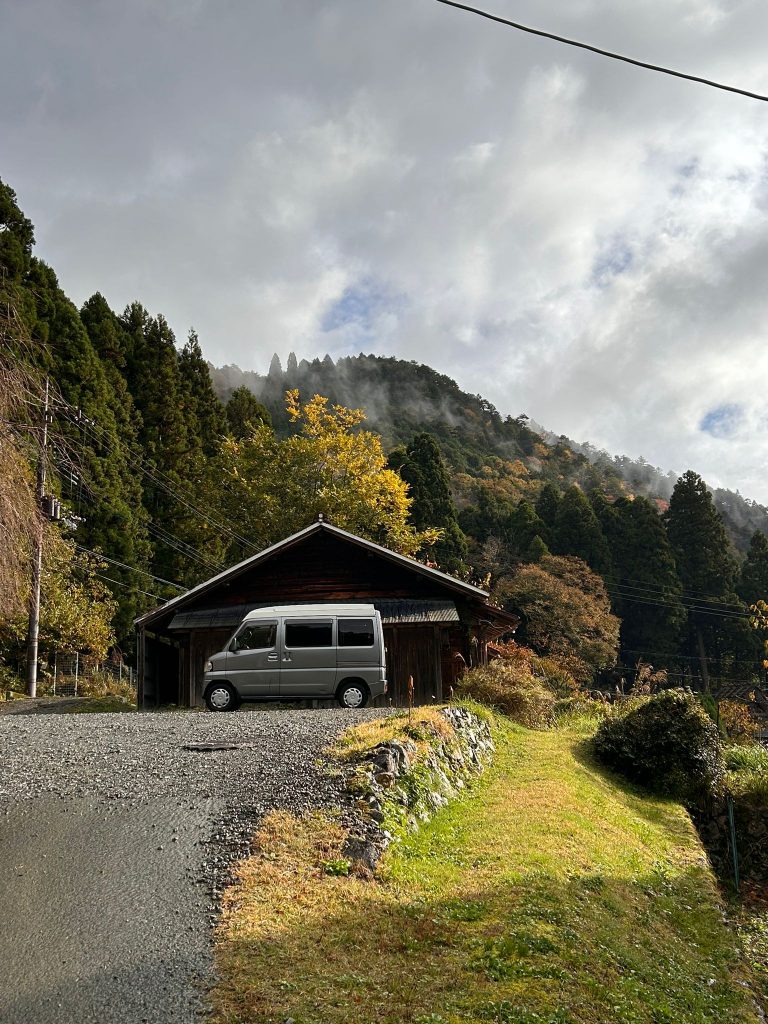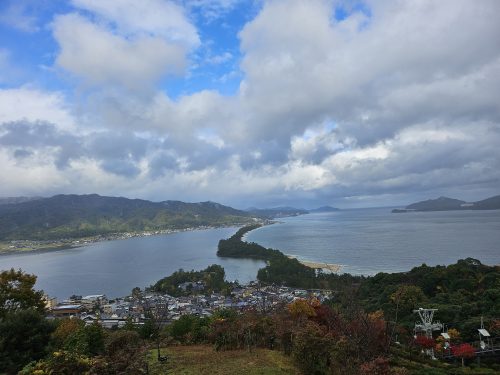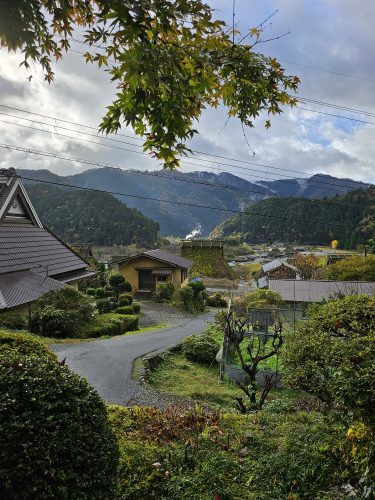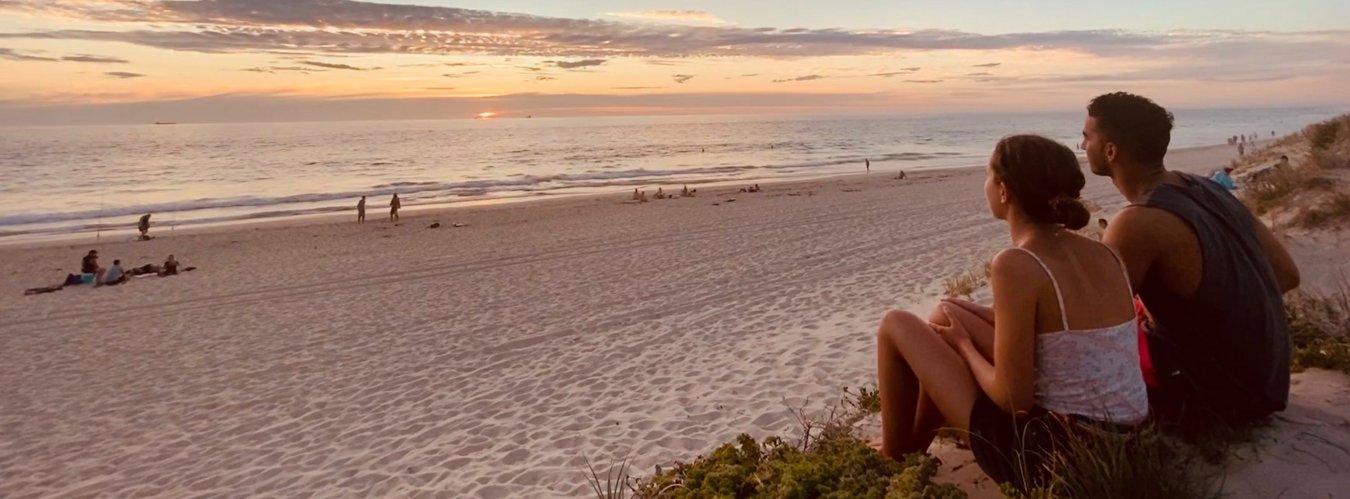Hey! My name is Oscar, and I have spent the past year of my life studying in Kyoto! I’m now
a third year student of Philosophy. I would love to share with you my blog/journal that I kept
of the few most influential days I had in Japan!
Amanohashidate- road trip exploring north Kyoto and some of its most famous tourist
attractions.
We woke up at 5;45, rushing to the car rental/camping shop down the road by the
Kamogawa river. The shop itself mainly consisted of DVD rentals- two floors with possibly
the largest and widest collection of movies and tv shows i had ever seen! It definitely came
as some form of shock as I had not seen or heard about DVD rental shops in a very long
time. There is a very large second hand market in Japan- most items can be bought at
second hand shops at fractions of their original prices and often in amazing condition. It is
perhaps an obvious difference towards waste not much is thrown away, and if it is, it is
recycled, not burned or put into landfill. It also had an abundance of camping equipment to
rent, coolers, chairs, gas burners, tents, etc… However, we were just there to hire a car for
the day. We were given a Kei car

which is the most common chassis found in Japan- as they are exceptionally space efficient
while also being able to seat 5 or six people. Furthermore, all the seats could recline and in
the boot there was a sink. With the car, we were given a cooler and some mats and
blankets.
Leaving kyoto was fairly simple, no hiccups at all. For this trip when we took the toll roads-
we had to pay at the gate each time which caused lots of chaos and some hilarious
interactions with machine translations. An option that we would in the future take, is to have
a card in the car, so that when you drive through the toll gate it is charged onto the card
allowing you to pay once the trip is over. Once we finally made it onto the toll roads, the
views of the mountains, water streams, rivers, fauna, and sparsely populated villages
produced a completely different vibe of Japan, one that I had never felt before. The rural
roads in the mountains reminded me of all the different times that I had seen them in movies,
but they were mesmerizing in person. Our first stop was in what Adam called the “fire village”
(really called Miyama thatched village) so called because of the frequent jets of water used
to apparently prevent fires since many of the buildings in the village were constructed using
flammable materials (most buildings are now made using reinforced concrete to withstand
earthquakes). We were not lucky enough to witness these since it was lightly raining by the
time we arrived. Nevertheless, we had a sublime view of the valley which was an ample
reward due to the extreme difficulty driving on the perilous village roads with barely enough
space for our car.
Following our short visit, we continued towards Amanohashidate. On the journey, we
observed the distinct lack of convenience stores within the small towns we passed. Instead
very few but enormous supermarkets that most likely catered to many different local
communities’ needs. It felt significant because in our Japanese history classes, we learned
how most of the population moved out of the countryside in the 60s leaving very small
communities behind, so much so that as of now 92% of Japan’s population is located within
urban centres.
This stark difference between the city and the countryside really gave this fact a sense of
reality. When we arrived in Amanohashidate, the first thing glaring at us was the obscenely
overpriced food- leading us on a wild goose chase to find a local restaurant where we could
eat without having to pay tourist prices. This almost immediately led into a walk in the bay-
the main tourist attraction. There were a few small shrines scattered on the island as well as
numerous dead starfish on its beaches. At the foot of a small mountain by the bay was a
chairlift that we took to see the chain of islands from above. From the top, if you look at the bay upside down, it is supposed to resemble a dragon descending from the sky. This view is what makes the town so famous and subject to an influx of tourists all year round. The viewpoint at the top was interesting, but I’m not entirely convinced that I saw a dragon. Unfortunately , it was still overcast and raining when we first
got to the top, but cleared up after a short walk around the area. Continuing our journey
north, we made it to Ine at the coast of Kyoto prefecture, famous for its rice paddies and
beautiful ocean view. For an amazing ocean view, we followed a path through a small forest
that led to a cave and some small shrines. It was here that I prayed to my first Kami! (shinto
gods). not shortly after- to save ourselves from the bitterly cold wind, we returned to the wamth and safety of Kyoto city.


